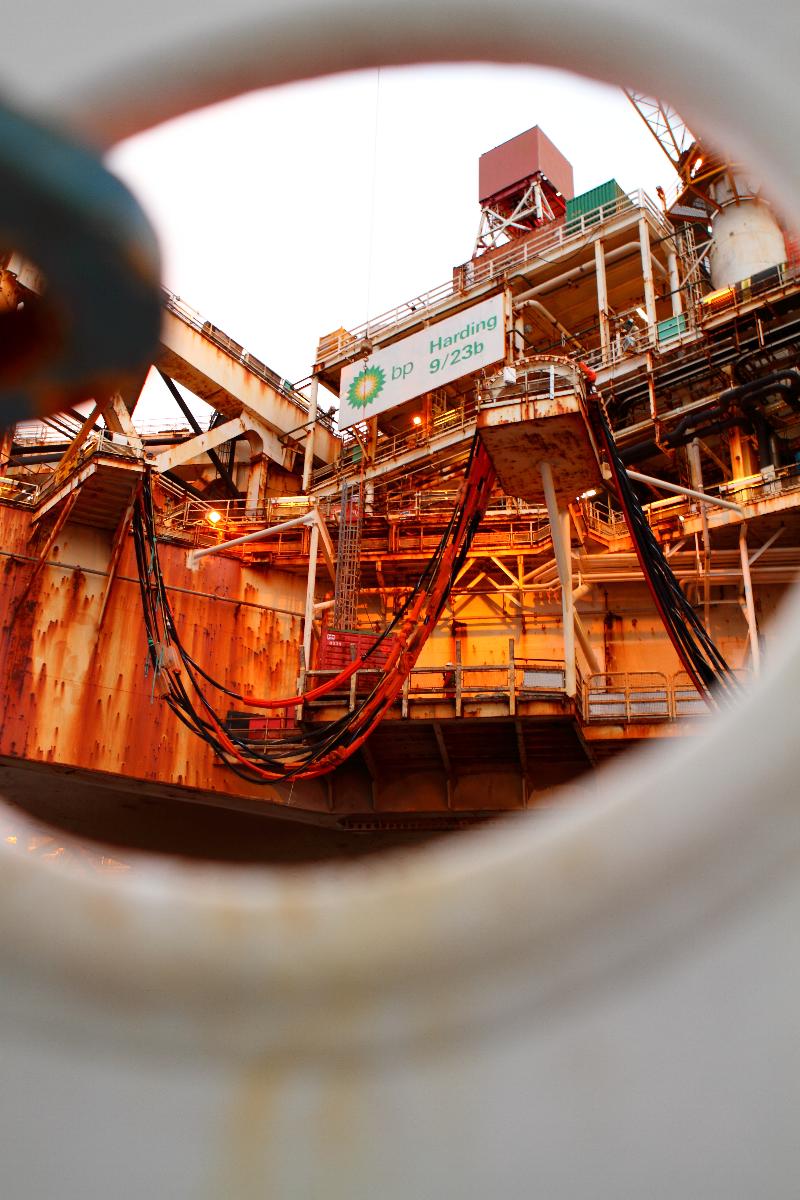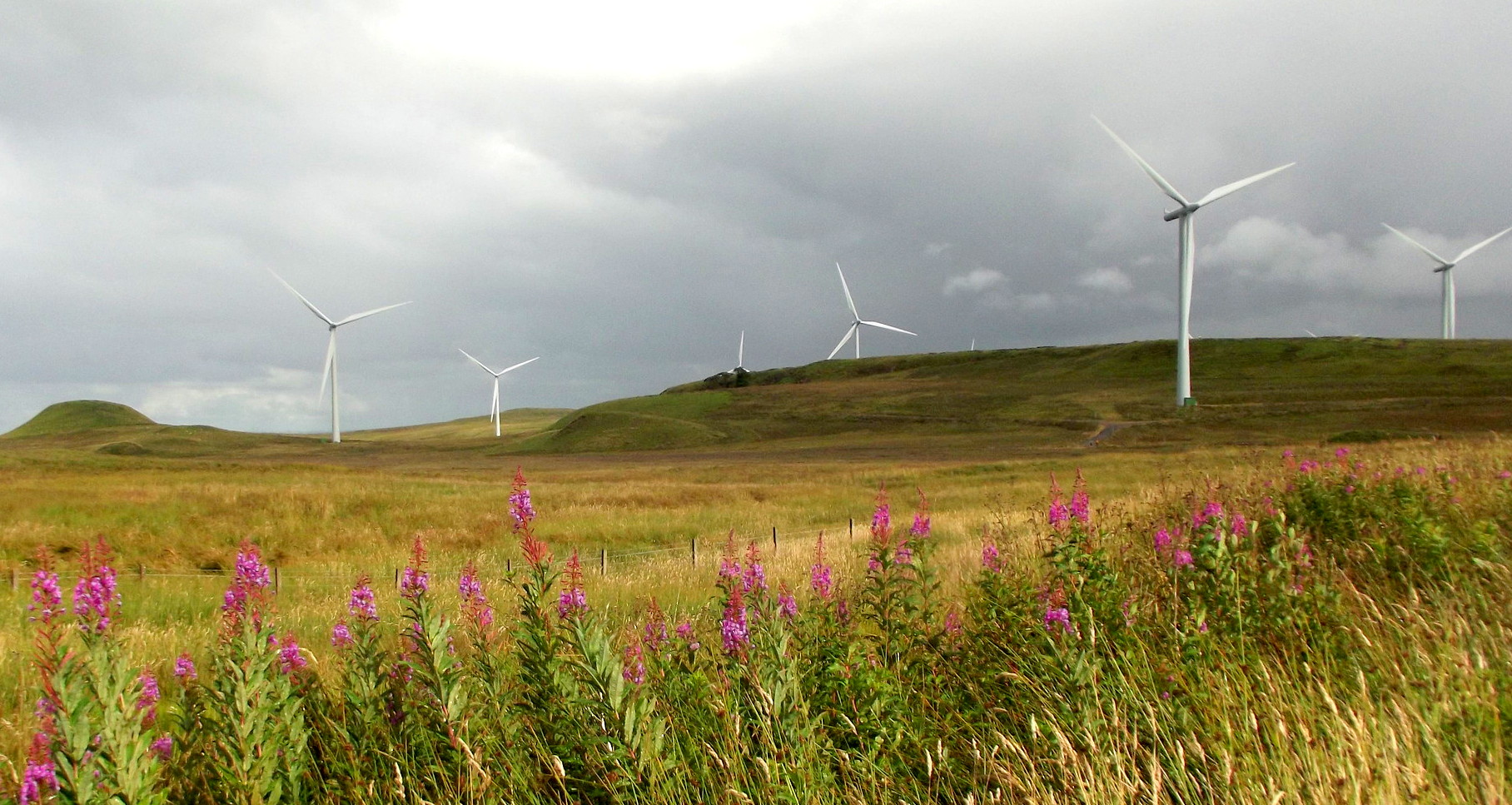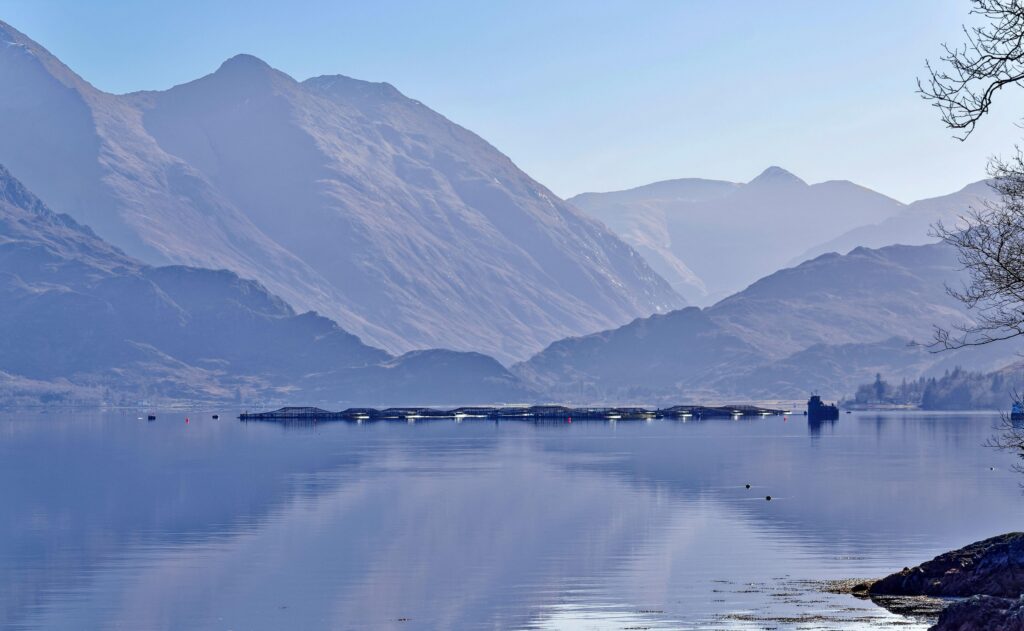Scotland has declared a “climate emergency”, intensifying debates over the future of the North Sea oil and gas industry. Five years on from a ‘catastrophic’ downturn, Chris Silver explores the impact of changing employment conditions in a sector experiencing unprecedented levels of industrial tension.
Thurso-based Mark Boyd is not your average offshore worker, not least because when he’s not out on a vessel working as a hydrographic surveyor, he spends most of his time maintaining his position as Scotland’s professional surfing champion.
“That’s why I’ve chosen this lifestyle really, so that I can spend as much of my time when I’m off work just going surfing. That’s my passion,” he explains.
Yet Boyd, aged 31, pursues a lifestyle that can be recognised by many of the tens of thousands of men and women who choose to work for several weeks at a time away from home, in oil and gas, and increasingly in offshore renewables.
“You definitely see it in offshore work, you get these kind of people like myself who have got this passion or hobby that they’re really into and they want to dedicate as much of their time travelling and doing it whenever they can.”
“In Thurso it gets dark at three in the afternoon and not light again til nine in the morning in the winters, so if you’re doing a nine to five job you’re pretty snookered.”
Read DeSmog’s special series: A Just Transition: From Fossil Fuels to Environmental Justice
Part One: The Kingdom of Coal
Part Two: City of Oil
Part Three: Centuries of Shale
Part Four: Highlands of Hydro
This level of freedom, provided by traditionally generous shift-patterns, has been a major part of the draw towards an industry in which hours are long and conditions famously tough.
Then the global downturn sent oil prices crashing in 2014. Boyd, who once worked almost entirely for oil and gas companies, was one of the lucky ones:
“The windfarm work was just picking up when you had the oil industry downturn, so I was just doing the same job but completely shifted industries.”
Since then, while some contracts still come through from hydrocarbons, most of Boyd’s work has been devoted to the boom in offshore wind.
For countless other offshore workers however, the collapse of the oil price, which is now experiencing a slow recovery, did not result in such a smooth transition.
Image: Mark Boyd surfing. Credit: Malcolm Anderson
Downturn
Mapping the industry’s health in the changeable waters of the North Sea is always a challenge. In March last year, industry group Oil and Gas UK reported that exploration was at its lowest level since 1973, when the sector was still in its infancy. Yet 2019 saw an improved outlook, partly due to new deep-water fields west of Shetland opening up.
The Scottish and UK Governments, so often at loggerheads, maintain an unusual consensus that a policy of ”maximum economic recovery” is paying off, with a new enthusiasm for exploration, and 10 to 15 new wells expected to be drilled over the coming year.
For many industry insiders, the severe shock of seeing the price of oil plummet from 2014 onwards is now resulting in a leaner, meaner, hydrocarbon industry. With prices now stabilised at around $68 for a barrel of Brent Crude, in contrast to the nadir of $28 in January 2016, there is a new license for optimism.
Image: Brent crude prices over five years. Credit: Source“>macrotrends.net
But this recovery masks much of the pain that was sustained during and after the downturn, which brought with it a remarkable collapse in job numbers.
Despite a small uptick, direct and indirect employment in oil and gas across the UK stood at only 282,700 in 2018, compared to 463,900 in 2014. The question, seldom addressed by politicians or business leaders, is whether the pain of this contraction was worth it, given the inevitable decline of the industry over coming decades.
The story of the oil industry’s boom years is well told. But there are many lesser known and more troubling tales from communities reliant on the industry when it no longer prospers.
Picking Up The Pieces
For Rachel Middleton, Service Delivery Manager in Aberdeen at Scottish mental health charity Penumbra, the legacy of the downturn has been a significant factor reported by those who present to frontline services seeking assistance.
“A usual recurrence with redundancy is you could kind of start picking up the pieces: but where do you start when it’s a whole industry? And that’s what we’re hearing time and time again,’ she explains.
“There was one person that accessed support who had been made redundant five times in two years. How do you keep rebuilding and planning and managing your current circumstances, when you really don’t know what could happen tomorrow?”
Middleton heads up a Distress Brief Intervention pilot scheme, designed to provide rapid response assistance to people in distress who might not have a mental health diagnosis. The scheme happened to be set up just at the point when the impacts of job losses were starting to be felt in the region.
“We did start to see a lot more people coming through that sort of light touch, instant access service…We know directly from people accessing and telling us what is affecting them, what’s causing their distress has been redundancy, or the pressure of a job role, and all that comes with that.”
But the effects of this great surge of economic instability, felt so acutely in the traditionally affluent north east of Scotland in recent years, isn’t necessarily apparent on the surface.
“They’re coming in maybe because of a relationship breakdown, maybe an issue with drinking, maybe an issue with debt, or all of the above and a multitude of things like that,” says Middleton.
“When you support them and get to the crux of the matter, what we’re finding is that there was a redundancy…In one case, there was a redundancy that morning, and someone who was doing extremely well in their life…feeling very happy, very healthy, suddenly, their world came crashing down.”
The litany of such stories — of people paid off over the phone, of previously prosperous households falling into negative equity, of former offshore workers driving to the Job Centre in sports cars — have become commonplace.
The contraction of north east Scotland’s economy was indiscriminate, and the effects for laid-off workers of all grades are still playing out.
At housing charity Shelter Scotland, manager Mark Thomson explains that while lower-paid service renters were among the first to seek out help with housing costs in the wake of the crash, in more recent years, home owners have increasingly sought help too.
He cites instances of “people who were on much higher salaries, maybe in their own properties, who had maybe been able to build up savings over a period of time” seeking out help for the first time.
“Five, six, seven years into the downturn, they maybe still weren’t in employment but had been living off their savings, paying their mortgage off their savings and maybe other equity that they’ve had elsewhere and were then discovering that they were getting into mortgage arrears,” he explains.
As with other services, part of the challenge was widespread unfamiliarity with an ever more complex benefits system and a lack of knowledge of available assistance.
“They would come to us quite late on…because they didn’t know that services such as ours could be accessed by them. There was also a reticence to engage with services because they’ve never had to before and this was a whole new big scary thing which was quite understandable.”
Services in Aberdeen and the wider area have been reorganised to adapt to these challenges. In recent years, offshore workers have increasingly become the focus of preventative efforts to tackle mental health issues and suicide.
“It was without a doubt the harshest environment I’ve ever worked in,” says Iain Murray, who has previously worked offshore and is now Coordinator for the Choose Life suicide prevention programme at the Scottish Association For Mental Health.
“I’d go to Skills Scotland events, I’d personally had people crying at the stand that I had: this had resulted in the breakdown in the relationship and the family home, catastrophic impacts,” he recalls.
While the offshore lifestyle suits many, there remains the difficulty of being isolated from family, community and other support networks for prolonged periods of time. These factors have become particularly significant as employment in the industry has become more precarious. Murray says:
“I would hear comments comparing working offshore to prison, because of the restrictions that you have…that home time can be like a queuing system…the fact that you’re not able to be there on a daily or nightly basis must be really hard for folk.”
Choose Life has made efforts to promote a Prevent Suicide North East Scotland app workers can use on the rigs: an award winning signposting tool that has been downloaded by 40,000 users.
This is part of a nationwide Scottish Government effort, Every Life Matters, aimed at reducing Scotland’s suicide rate by 20 percent by 2022. Scotland currently has the highest suicide rate in Britain with men far more likely to take their own life. Predominantly male workplaces, like offshore installations, are therefore key locations to work towards reversing the trend.
Middleton emphasises how difficult this is: “No one is safe, you don’t even want to put a foot out of place because that’s how vulnerable they’re feeling.”
Cutting Costs
Tommy Campbell, Regional Industrial Organiser for Unite the Union, is unequivocal about what he believes is at the root of the stresses and challenges confronting offshore workers in the post-downturn North Sea: the prolonged drive by oil companies to cut costs.
“That four or five years has been an incubation period of the development of resistance and defiance and anger in the workforce, to get back what was taken off them,” he says.
In a motion put before the Scottish Trades Union Congress, Unite and RMT jointly flagged the existence of 18 different rotas for offshore contractors — most of whom are expected to work three weeks on, three weeks off.
In addition to representing a clear threat to collective bargaining, this fragmentation of rotas stands in contrast to the generous, standardised, two weeks on, four weeks off pattern enjoyed by workers in the Norwegian sector.
Image: Whitelee windfarm. Credit: Stephen Mackenzie CC BY–NC–SA 2.0
Numerous strikes and stand-offs on platforms have occurred over the past year around this infamous rota regime. In recent months, successful strike ballots have been held by contractors working on several platforms operated by BP and Total.
However, Campbell believes that this discontent at the overall erosion of pay and conditions in the North Sea could build towards far more widespread industrial action over the coming years.
“We’re seeing these pockets of resistance and small-scale strikes, and more and more people coming back towards the trade unions and realising that the only way they’re going to eventually get back what they lost is to fight to get it back. Because it will certainly not be given to them by the oil companies,” he says.
A particular issue here is the unions’ claim that the post-downturn shift to maximum economic recovery is essentially lopsided. While the new regime standardised commercial elements of the oil and gas industry, it did so without putting in place minimum standards for workers — the majority of whom are now contractors, rather than direct employees of the companies themselves.
The unions suggest that a more holistic approach is required, one that looks at factors beyond company profits: such as wages, job numbers, tax-take and the wider social benefits that accrue from them. In a context that has seen companies succeed in cutting the cost of producing a barrel of oil by half in recent years, this status quo may prove difficult to maintain.
“My experience of workers is that they have very long memories, they know that companies are making huge profits and still taking money out of their pockets, and put them through anxiety and fear, they don’t forget that,” Campbell says.
Climate Emergency
Those long memories are having to be applied to the new reality of Scotland trying to keep its economy afloat in a carbon constrained world.
With the UK’s ever-diminishing manufacturing base, policymakers still consider oil too big to fail. But with Scotland scheduled to use up its carbon budget over the next decade, change will have to come.
After Scotland’s First Minister Nicola Sturgeon recently declared a ‘climate emergency’, it would seem the end is nigh for the country’s domestic oil and gas industry.
Image: Scotland’s First Minister, Nicola Sturgeon, who recently declared a “climate emergency”. Credit: Kenneth Halley/Wikimedia/CC BY–SA 4.0
But perhaps not. In a speech to the Oil and Gas UK conference in 2017, Sturgeon was explicit about her party’s support for ongoing hydrocarbon extraction:
‘The North Sea will continue to produce oil for decades to come. It still contains up to 20 billion barrels of recoverable reserves. Our primary aim – and I want to underline and emphasis this – our primary aim is to maximise economic recovery of those reserves,” she said.
Immediately following their leader’s declaration of a climate emergency, former SNP climate change minister Stewart Stevenson claimed that “extracting oil and gas from the North Sea is not an issue.” SNP Cabinet Minister Mike Russell also made the case for issuing new licenses for extraction and exploration in an independent Scotland on national television
In the meantime, the constant stream of helicopters ferrying workers to and from offshore installations out of Aberdeen airport continues.
So despite Scotland and the UK’s strong words of commitment to tackling climate change, it may not be climate policy that ultimately forces workers away from the industry. Instead, as the offshore sector loses much of its appeal, many like Mark Boyd may seek to move to newer sectors such as offshore wind, to which their skills are eminently transferable.
For Boyd, one of the biggest differences about working in renewables is the relative youth of the workforce:
“There’s quite a lot of young people in some higher up positions in renewables as opposed to the oil and gas sector, which is kind of set in its structure in terms of who ends up with what roles. So it definitely has brought a lot of new folk in from different avenues.”
The figures back this up. Of the hundreds of thousands of jobs lost in oil and gas since 2014, those in the 18-23 age bracket have seen the greatest fall of 44 percent.
With the impacts of the downturn still playing out for countless individual workers, and increasing pressure for it to wrap-up from those concerned about the looming climate crisis, the North Sea’s oil and gas industry is struggling to renew itself.
Main image credit: Maersk Drilling/Flickr CC BY–NC–ND 2.0
Subscribe to our newsletter
Stay up to date with DeSmog news and alerts











